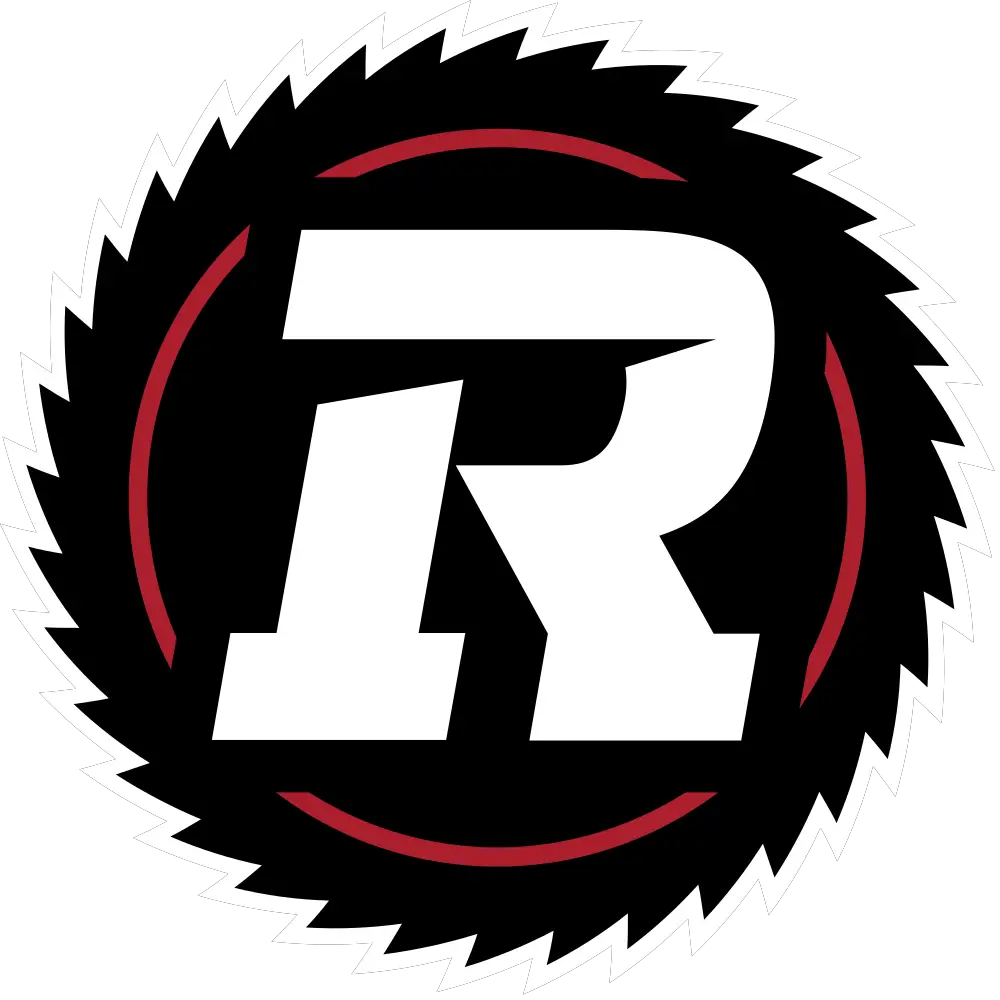Sports
Northern Super League rides the tailwinds of women’s sports as soccer goes pro in Canada
Diana Matheson, centre, former Canadian soccer player and CEO of Project 8, is flanked by co-founders Isabele Chevalier, left and Jean-Francois Crevier, in Montreal, on May 27.Christinne Muschi/The Canadian Press
The new Canadian women’s professional soccer league will kick off next April with just six teams, two fewer than the eight its founders originally envisioned, after the appetite for investment in the startup proved less than anticipated.
Diana Matheson acknowledged the shortcoming in an interview with The Globe and Mail ahead of an industry event on Tuesday afternoon in which she announced the new entity would be known as the Northern Super League.
When Matheson, a former national women’s star and Olympic bronze medalist, announced the league’s formation in December, 2022, she declared it would comprise four teams in the West and four in the East. In fact, the four teams previously announced – Vancouver, Calgary, Toronto and Halifax – will be joined only by Montreal and Ottawa, which were unveiled Tuesday at the ESPNW Summit, hosted by the U.S. sports broadcaster ESPN.
The decision to launch the league, originally known as Project 8, with only six “really came down to the investors, the ownership groups and the markets that were ready to go for 2025,” said Matheson. “Sport is not the easiest investment. It’s pretty cash and time and labour intensive. It’s not as simple as, you write a cheque for a million dollars and you’re done.”
The Northern Super League’s brand unveiling comes as women’s pro sports are on an upswing, with a flood of sponsorship dollars and fan excitement for the new Professional Women’s Hockey League as well as Toronto’s newly announced WNBA team, which is slated to launch in 2026.
But not all women’s pro sports ventures are built equally. The PWHL has the advantage of being a single-entity undertaking, backed by the billionaire investor and philanthropist Mark Walter, rather than a collection of team owners. The new Toronto WNBA team is owned by the local billionaire and chairman of Maple Leaf Sports and Entertainment, Larry Tanenbaum, and comes with a reported price tag of US$115-million, which includes the franchise fee and the cost of building a practice facility.
The owners of the Northern Super League, in contrast, include only one with experience running a pro sports team: Greg Kerfoot, whose Vancouver Whitecaps of the MLS will own the local NSL team. The Montreal NSL team owners include Jean-François Crevier, the president of a commercial lubricant distribution company, and Isabèle Chevalier, an entrepreneur and the former chief executive of probiotics company Bio-K+ as well as one of the “dragons” on the Radio-Canada’s edition of Dragon’s Den. The CEO of the Halifax team is Courtney Sherlock, a veterinarian and entrepreneur. The website of AFC Toronto currently offers a downloadable investor deck for those looking to buy a piece of the team.
The NSL franchise fee is $1-million, and Matheson has told owners they will need to invest $8-million to $10-million over the first five years, not including the costs of upgrading infrastructure.
“We’re almost a bit small for the big guys,” she said, noting that owners will need to invest time and expertise. While established sports holding companies may have cash to spare, they may not want to be distracted from their core businesses for a relatively minor financial concern. “I’ve heard many times, it’s easier to raise $10-million than $1-million. And $100-million more than $10-million.”
“It’s only once we kick a ball and we’re in front of fans and start to grow and build that we’ll get some of those bigger folks, I think, that initially passed because it wasn’t quite big enough.”
Citing her former coach who helmed the Canadian women when they won bronze in 2012, Matheson also suggested that some people who are currently in the business of pro sport may not see what is possible.
“John Herdman used to say, when we were playing, to be very careful not to put yourself in a performance cage. If you think you’re not good at hitting that 40-yard diagonal, guess what? You’re not going to hit any 40-yard diagonals during the game. And a lot of what we had seen in women’s pro soccer over the last decade has been the people that have been in charge of making the decisions have put women’s sport in a performance cage.”
Matheson is consciously aiming to avoid any such self-imposed limitation with the new name of the league, which doesn’t include the word “Canadian,” “women” or even “soccer.” (The NSL’s U.S. counterpart, meanwhile, is known as the National Women’s Soccer League, while the highest-ranking English women’s league is known as the Women’s Super League.)
“We had a lot of discussions – do we include ‘women’?” Matheson said. “You can say that you want to say ‘women’s’ loud and proud in the title, because that’s a huge part of what we’re doing.” Still, “It felt like the right decision not to necessarily include it, and just be out there as a pro sport league name – because at the end of the day, that’s what we are.”
Matheson says she believes the NSL will be able to compete for talent with top-tier women’s soccer leagues within a few years. It will have a salary cap of $1.5-million in the first year, with a minimum salary of $50,000. (The NWSL doubled its salary cap this year, to US$2.75-million.) There will not be a maximum salary, but the league will have a marquee-player exemption that will enable each team to sign one player for an exceptional salary, only $75,000 of which will count toward the cap.
Matheson believes there will be dozens of Canadian women currently abroad who will want to return to play at home for a variety of reasons, including greater potential to build and monetize their personal brand. “When you’re playing in Norway, you’re not being offered sponsorships by Norwegian companies. But when you move home, you have the opportunity to do that here.” She noted that most of the player signings will not occur until this fall or winter, once the leagues they are in have concluded their current seasons.
NSL teams will each play 25 games, with playoffs and the first national championship scheduled for the fall of 2025.








